Gamma-ray Bursts: Black Hole Birth Announcements
Gamma-ray Bursts: Black Hole Birth Announcements
Gamma-ray bursts are the brightest, most violent explosions in the universe, but they can be surprisingly tricky to detect. Our eyes can’t see them because they are tuned to just a limited portion of the types of light that exist, but thanks to technology, we can even see the highest-energy form of light in the cosmos — gamma rays.
So how did we discover gamma-ray bursts?
Accidentally!

We didn’t actually develop gamma-ray detectors to peer at the universe — we were keeping an eye on our neighbors! During the Cold War, the United States and the former Soviet Union both signed the Nuclear Test Ban Treaty of 1963 that stated neither nation would test nuclear weapons in space. Just one week later, the US launched the first Vela satellite to ensure the treaty wasn’t being violated. What they saw instead were gamma-ray events happening out in the cosmos!

Things Going Bump in the Cosmos
Each of these gamma-ray events, dubbed “gamma-ray bursts” or GRBs, lasted such a short time that information was very difficult to gather. For decades their origins, locations and causes remained a cosmic mystery, but in recent years we’ve been able to figure out a lot about GRBs. They come in two flavors: short-duration (less than two seconds) and long-duration (two seconds or more). Short and long bursts seem to be caused by different cosmic events, but the end result is thought to be the birth of a black hole.

Short GRBs are created by binary neutron star mergers. Neutron stars are the superdense leftover cores of really massive stars that have gone supernova. When two of them crash together (long after they’ve gone supernova) the collision releases a spectacular amount of energy before producing a black hole. Astronomers suspect something similar may occur in a merger between a neutron star and an already-existing black hole.

Long GRBs account for most of the bursts we see and can be created when an extremely massive star goes supernova and launches jets of material at nearly the speed of light (though not every supernova will produce a GRB). They can last just a few seconds or several minutes, though some extremely long GRBs have been known to last for hours!

A Gamma-Ray Burst a Day Sends Waves of Light Our Way!
Our Fermi Gamma-ray Space Telescope detects a GRB nearly every day, but there are actually many more happening — we just can’t see them! In a GRB, the gamma rays are shot out in a narrow beam. We have to be lined up just right in order to detect them, because not all bursts are beamed toward us — when we see one it’s because we’re looking right down the barrel of the gamma-ray gun. Scientists estimate that there are at least 50 times more GRBs happening each day than we detect!

So what’s left after a GRB — just a solitary black hole? Since GRBs usually last only a matter of seconds, it’s very difficult to study them in-depth. Fortunately, each one leaves an afterglow that can last for hours or even years in extreme cases. Afterglows are created when the GRB jets run into material surrounding the star. Because that material slows the jets down, we see lower-energy light, like X-rays and radio waves, that can take a while to fade. Afterglows are so important in helping us understand more about GRBs that our Neil Gehrels Swift Observatory was specifically designed to study them!

Last fall, we had the opportunity to learn even more from a gamma-ray burst than usual! From 130 million light-years away, Fermi witnessed a pair of neutron stars collide, creating a spectacular short GRB. What made this burst extra special was the fact that ground-based gravitational wave detectors LIGO and Virgo caught the same event, linking light and gravitational waves to the same source for the first time ever!

For over 10 years now, Fermi has been exploring the gamma-ray universe. Thanks to Fermi, scientists are learning more about the fundamental physics of the cosmos, from dark matter to the nature of space-time and beyond. Discover more about how we’ll be celebrating Fermi’s achievements all year!
Make sure to follow us on Tumblr for your regular dose of space: http://nasa.tumblr.com
More Posts from Primordialbitch and Others
seeing the photos from Webb up against photos from Hubble just makes me… I don’t even know like, wow! Look at that!








Tabby's Star, not an Alien megastructure is the cause of dimming of the 'most mysterious star in the universe'

A team of more than 200 researchers, including Penn State Department of Astronomy and Astrophysics Assistant Professor Jason Wright and led by Louisiana State University’s Tabetha Boyajian, is one step closer to solving the mystery behind the “most mysterious star in the universe.” KIC 8462852, or “Tabby’s Star,” nicknamed after Boyajian, is otherwise an ordinary star, about 50 percent bigger and 1,000 degrees hotter than the Sun, and about than 1,000 light years away. However, it has been inexplicably dimming and brightening sporadically like no other. Several theories abound to explain the star’s unusual light patterns, including that an alien megastructure is orbiting the star.
Keep reading
TRAILER: “AFTER WE LEAVE” (2019)
Written and Directed by Aleem Hossain, “After We Leave” is a gritty sci-fi feature film about a man who has a once-in-a-lifetime chance to emigrate off Earth… only if he can find his estranged wife and convince her to come with him.
Winner: Best Feature Film at Sci Fi London Winner: Best Director at Berlin Sci Fi Film Fest

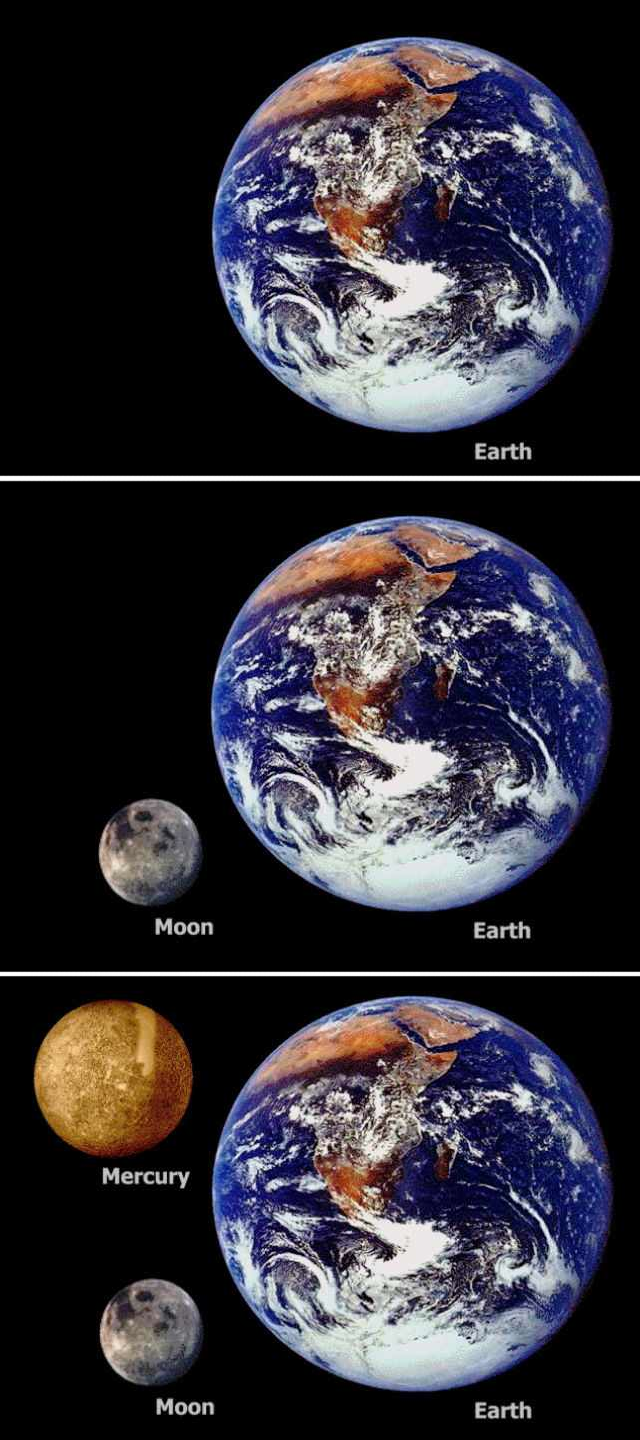
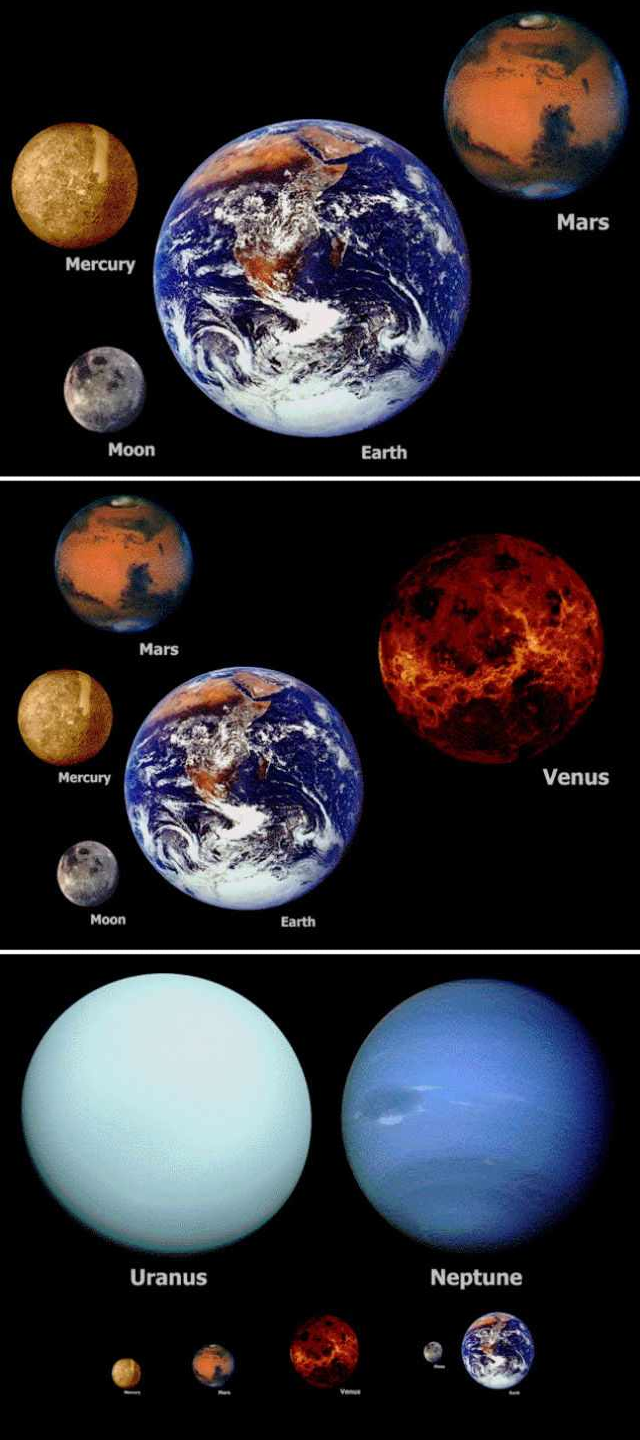
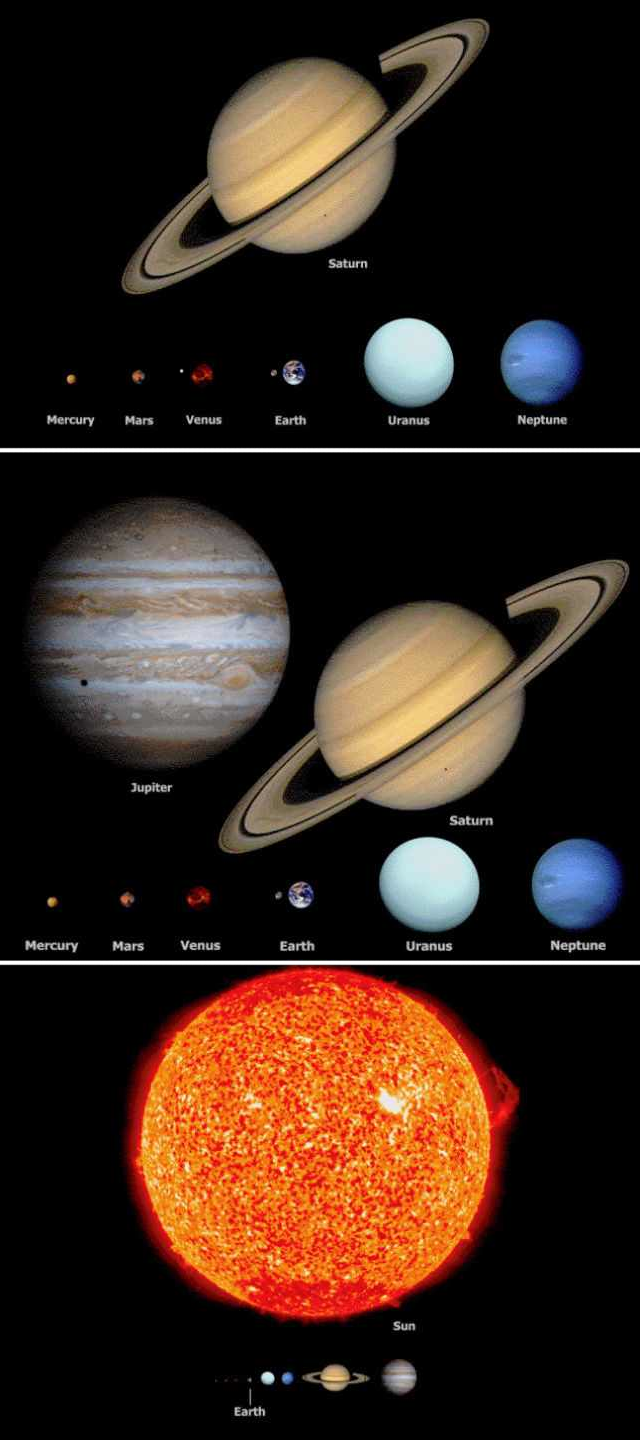
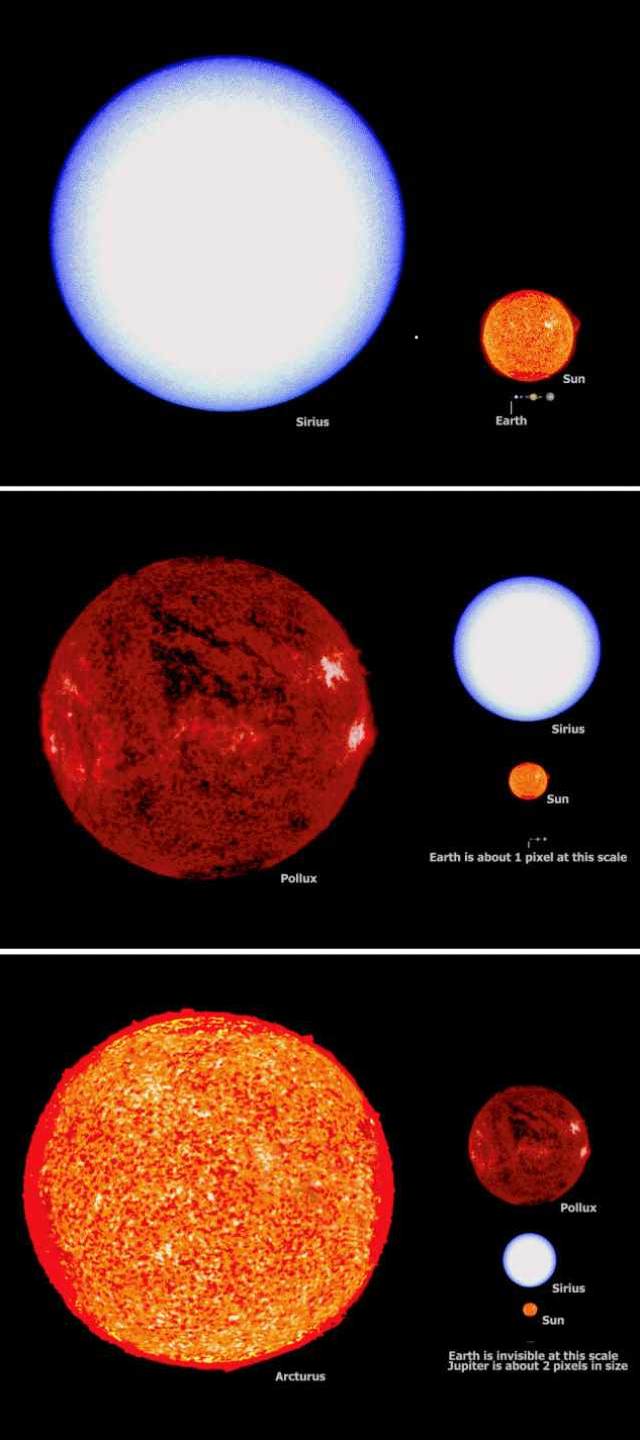



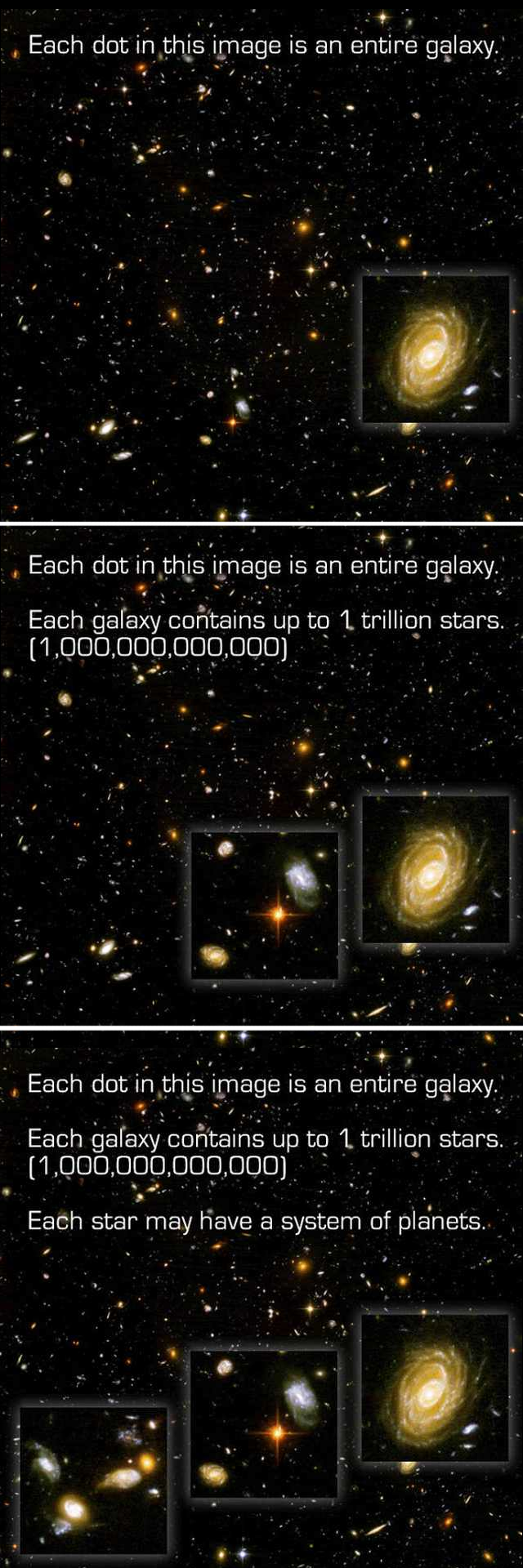


shit man this got me emotional

Powehi means “the adorned fathomless dark creation” or “embellished dark source of unending creation” and comes from the Kumulipo, an 18th century Hawaiian creation chant. Po is a profound dark source of unending creation, while wehi, meaning honoured with embellishments, is one of the chant’s descriptions of po, the newspaper reported.
10 Amazing Space Discoveries by the World’s Largest Flying Observatory

On the night of May 26, 2010, the Stratospheric Observatory for Infrared Astronomy, or SOFIA, the world’s largest flying observatory, first peered into the cosmos. Its mission: to study celestial objects and astronomical phenomena with infrared light. Many objects in space emit almost all their energy at infrared wavelengths. Often, they are invisible when observed in ordinary, visible light. Over the last decade, the aircraft’s 106-inch telescope has been used to study black holes, planets, galaxies, star-forming nebulas and more! The observations have led to major breakthroughs in astronomy, revolutionizing our understanding of the solar system and beyond. To celebrate its 10 years of exploration, here’s a look at the top 10 discoveries made by our telescope on a plane:
The Universe’s First Type of Molecule

Scientists believe that around 100,000 years after the big bang, helium and hydrogen combined to make a molecule called helium hydride. Its recent discovery confirms a key part of our basic understanding of the early universe.
A New View of the Milky Way

More than a pretty picture, this panorama of cosmic scale reveals details that can help explain how massive stars are born and what’s feeding our Milky Way galaxy’s supermassive black hole.
When Planets Collide

A double-star system that is more than 300 light-years away likely had an extreme collision between two of its rocky planets. A similar event in our own solar system may have formed our Moon.
How A Black Hole Feasts
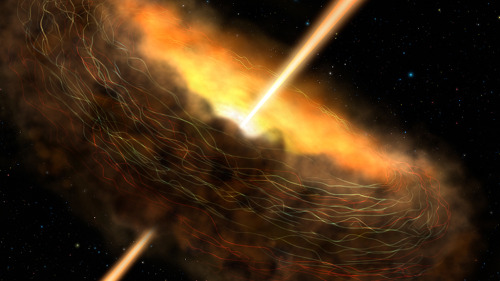
Fear not, the dark, my friend. And let the feast begin! Magnetic fields in the Cygnus A galaxy are trapping material where it is close enough to be devoured by a hungry black hole.
Somewhere Like Home

The planetary system around Epsilon Eridani, a star located about 10 light-years away, has an architecture remarkably similar to our solar system. What’s more, its central star is a younger, fainter version of our Sun.
A Quiet Place

Black holes in many galaxies are actively consuming material, but our Milky Way galaxy’s central black hole is relatively quiet. Observations show magnetic fields may be directing material around, not into, the belly of the beast.
The Great Escape

Ever wonder how material leaves a galaxy? The wind flowing from the center of the Cigar Galaxy is so strong it’s pulling a magnetic field — and the mass of 50 to 60 million Suns — with it.
Exploding Star, New Worlds

What happens when a star goes boom? It turns out that supernova explosions can produce a substantial amount of material from which planets like Earth can form.
Stellar Sibling Rivalry

They say siblings need time and space to grow, but here’s one that really needs some room. A newborn star in the Orion Nebula is clearing a bubble of space around it, preventing any new luminous family members from forming nearby.
Clues to Life’s Building Blocks

Radiation from stars is making organic molecules in nebula NGC 7023, also known as the Iris Nebula, larger and more complex. The growth of these molecules is one of the steps that could lead to the emergence of life under the right circumstances.
SOFIA is a modified Boeing 747SP aircraft that allows astronomers to study the solar system and beyond in ways that are not possible with ground-based telescopes. Find out more about the mission at www.nasa.gov/SOFIA.
Make sure to follow us on Tumblr for your regular dose of space: http://nasa.tumblr.com



A Russian zoo is home to a unique animal - the liger. It is half-lioness, half-tiger. Mother Zita is pictured licking her one month old liliger cub
Pls tell me interesting facts about stars
Interesting facts about stars:
Heavy stars blow up and make heavier elements like gold. So, every bit of gold you’ve ever seen, worn, or touched came from the dying explosion of a star. Other elements made in supernovae include anything on the periodic table heavier than iron
Heavy stars blow up when they start fusing iron. Meaning, the iron in your frying pan, car, and your blood killed a star at least 3 times the mass of the sun.
Some massive stars that die end up compressing all their mass into a star about 6 miles across, or about the size of a city. This is called a neutron star.
To put this in perspective, these stars start out 3 times as big as our sun and all of their mass is crushed into something the size of a city. The space between atoms is squished away, and the protons and electrons combine to form neutrons.
Neutron stars are literally as dense as atomic nuclei
Most stars come in pairs
The most common stellar type is a red dwarf, which is a small, red, dim, cool star.
Honestly, that’s just the first few that come to mind, space is really crazy.

-
 empress-rara liked this · 3 months ago
empress-rara liked this · 3 months ago -
 fandomhopper8 liked this · 3 months ago
fandomhopper8 liked this · 3 months ago -
 nihilo-sensei liked this · 1 year ago
nihilo-sensei liked this · 1 year ago -
 nihilo-sensei reblogged this · 1 year ago
nihilo-sensei reblogged this · 1 year ago -
 seaoflapis reblogged this · 2 years ago
seaoflapis reblogged this · 2 years ago -
 lunaereum liked this · 2 years ago
lunaereum liked this · 2 years ago -
 misan-thropist reblogged this · 2 years ago
misan-thropist reblogged this · 2 years ago -
 dusty-brain liked this · 2 years ago
dusty-brain liked this · 2 years ago -
 alittlewitchyplace liked this · 3 years ago
alittlewitchyplace liked this · 3 years ago -
 lecamole liked this · 3 years ago
lecamole liked this · 3 years ago -
 ccchrome liked this · 3 years ago
ccchrome liked this · 3 years ago
